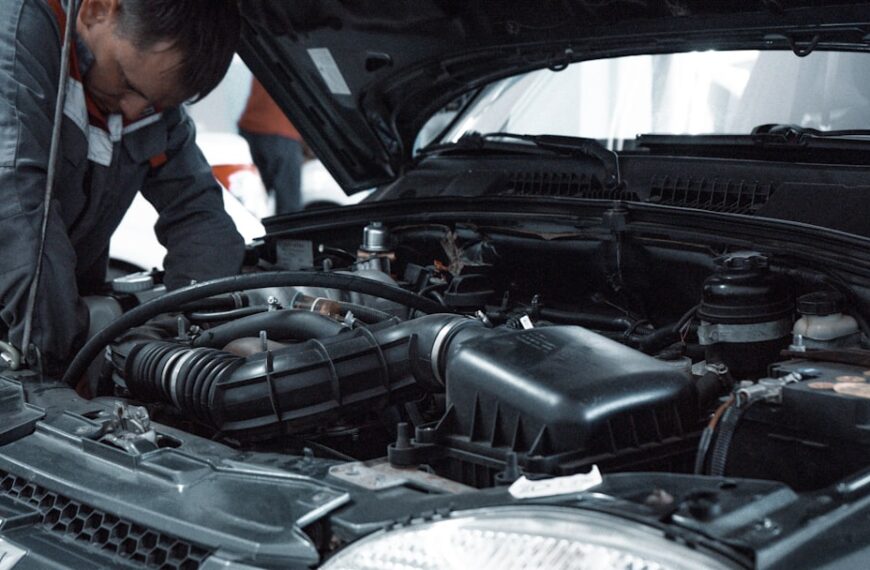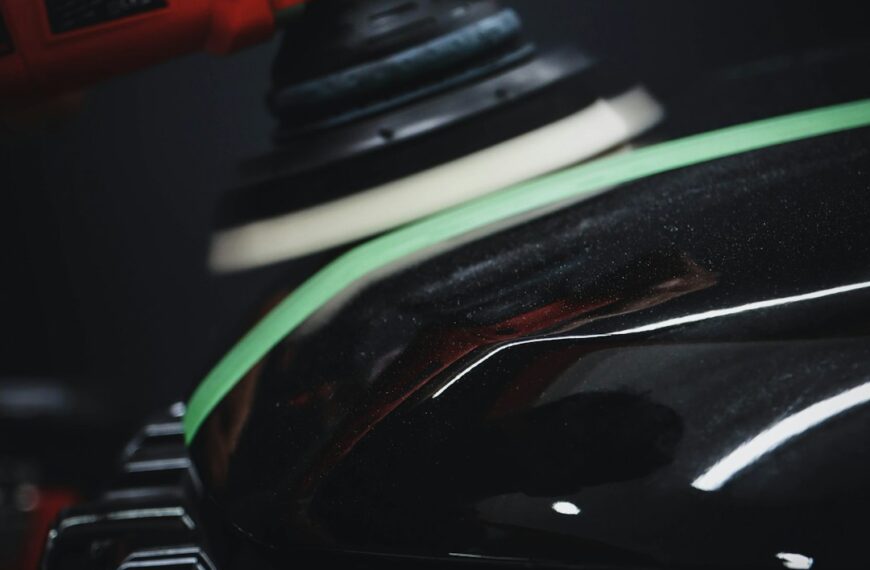Your car is a complex machine, and like any machine, it communicates when something isn’t right. Ignoring those communications can lead to costly repairs and, in some cases, dangerous situations. This guide will help you decipher some of the most common warning signs your car might be giving you, allowing you to practice preventative maintenance and avoid major headaches down the road.
Dashboard Lights: Your Car’s SOS Signals
The dashboard is your car’s primary communication center. While specific symbols vary between manufacturers, many are universal. Understanding what these lights mean is crucial. Here are some of the most important:
* Check Engine Light: This is the infamous “check engine” light. While it can indicate something minor like a loose gas cap, it often signals a more serious problem requiring a diagnostic scan by a mechanic. Ignoring this light can lead to significant engine damage.
* Oil Pressure Light: This light indicates low oil pressure, a critical issue that can severely damage your engine if not addressed immediately. Pull over safely and turn off your engine as soon as possible. Do not continue driving.
* Battery Light: This light signifies a problem with your car’s charging system. It could be a failing alternator, loose battery terminals, or a dead battery. Driving with this light on can leave you stranded.
* Temperature Light: This light indicates your engine is overheating. Pull over safely, turn off the engine, and let it cool down before attempting to diagnose the problem. Never open the radiator cap while the engine is hot.
* Brake System Warning Light: This light indicates a problem with your braking system, which is obviously a serious safety concern. Check your brake fluid levels and have your brakes inspected immediately.
* ABS Light: The Anti-lock Braking System (ABS) light indicates a problem with your ABS system. While you can still brake, the ABS functionality will be unavailable.
Beyond the Dashboard: Other Warning Signs
Don’t rely solely on dashboard lights. Pay attention to other signs your car might be giving you:
* Unusual Noises: Grinding, squealing, knocking, or other unusual noises are often indicative of a problem. Identify the source of the noise and have it checked out.
* Fluid Leaks: Look for puddles under your car. Different colored fluids indicate different potential problems (e.g., oil, coolant, transmission fluid, power steering fluid).
* Reduced Performance: Is your car accelerating slower than usual? Is it struggling to start? These are signs of potential problems.
* Strange Smells: Burning rubber, burning oil, or a sweet smell (indicating coolant leak) are all serious warning signs.
Preventative Maintenance is Key
The best way to avoid major car problems is through regular preventative maintenance. This includes:
* Regular Oil Changes: Follow the recommended oil change intervals in your owner’s manual.
* Tire Rotations and Inspections: Ensure your tires are properly inflated and rotated regularly.
* Fluid Checks: Regularly check all your car’s fluids (oil, coolant, brake fluid, power steering fluid, transmission fluid).
* Brake Inspections: Have your brakes inspected regularly, paying attention to wear and tear.
* Battery Checks: Have your battery tested periodically to ensure it’s holding a charge.
By paying attention to your car’s warning signs and practicing regular preventative maintenance, you can significantly reduce the risk of costly repairs and ensure your safety on the road. Remember, a little attention now can save you a lot of trouble later.













